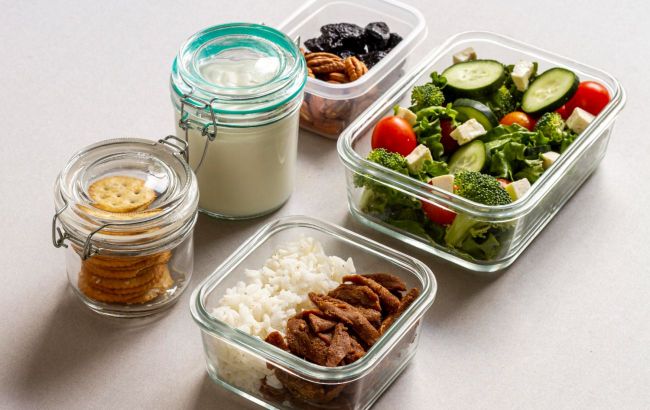3 safest food containers
 Photo: which food containers are eco-friendly (Freepik)
Photo: which food containers are eco-friendly (Freepik)
In the modern world, as environmental concerns and planet care become increasingly prevalent, it is advisable to choose eco-friendly packaging. There are certain food containers that are considered more useful, according to Healthline.
Eco-friendly options for product packaging
Glass containers
Glass has a multitude of uses and benefits in everyday life.
These containers are reusable and recyclable. It is also a durable material that is easy to clean and handle.
However, glass lids are not airtight, which makes them unideal for portable containers that can be taken to work.
Therefore, most of these food containers use plastic lids with a silicone seal.
Stainless steel
Food-grade stainless steel is durable and heat resistant, making it a safe choice for food storage. It is also reusable and recyclable.
Stainless steel lunch boxes are widely available, but most have silicone to keep them from leaking.
Bamboo
Bamboo is biodegradable and has many properties for food packaging because it is durable and heat resistant.
Food packaging that contains bamboo includes portable lunch boxes with bamboo lids, bamboo bread boxes, and bamboo serving bowls.
It is important to remember that food containers made from bamboo or other plant fibers are less durable than glass or stainless steel.
Types of plastics to avoid
Conventional plastics contain many additives such as stabilizers, plasticizers, and flame retardants.
These petroleum-based plastics are not biodegradable, meaning they do not decompose into natural substances.
Instead, they break down into fragments known as micro- and nanoplastics, which pollute the environment and threaten natural ecosystems and human health.
Straws, beverage bottles, bottle caps, and plastic bags are the most common non-waste items that are not properly disposed of.
The widespread use of disposable takeout containers contributes to the production of large amounts of waste, leading to environmental pollution and toxins.
Impact on the human body
There are certain facts about the harmful effects of any polyethylene on the human body:
- lead is used in the production of polyethylene. This metal is extremely toxic. Its accumulation in the body causes the development of many diseases
- storing food in polyethylene is not beneficial. The food in the bag starts to deteriorate faster and mold develops. And when polyethylene is frozen, toxins are released from it. It is especially dangerous to heat semi-finished products in packaging
- chemical glue is often used for seals of the packaging. It can also have a negative effect on products that are then consumed.

